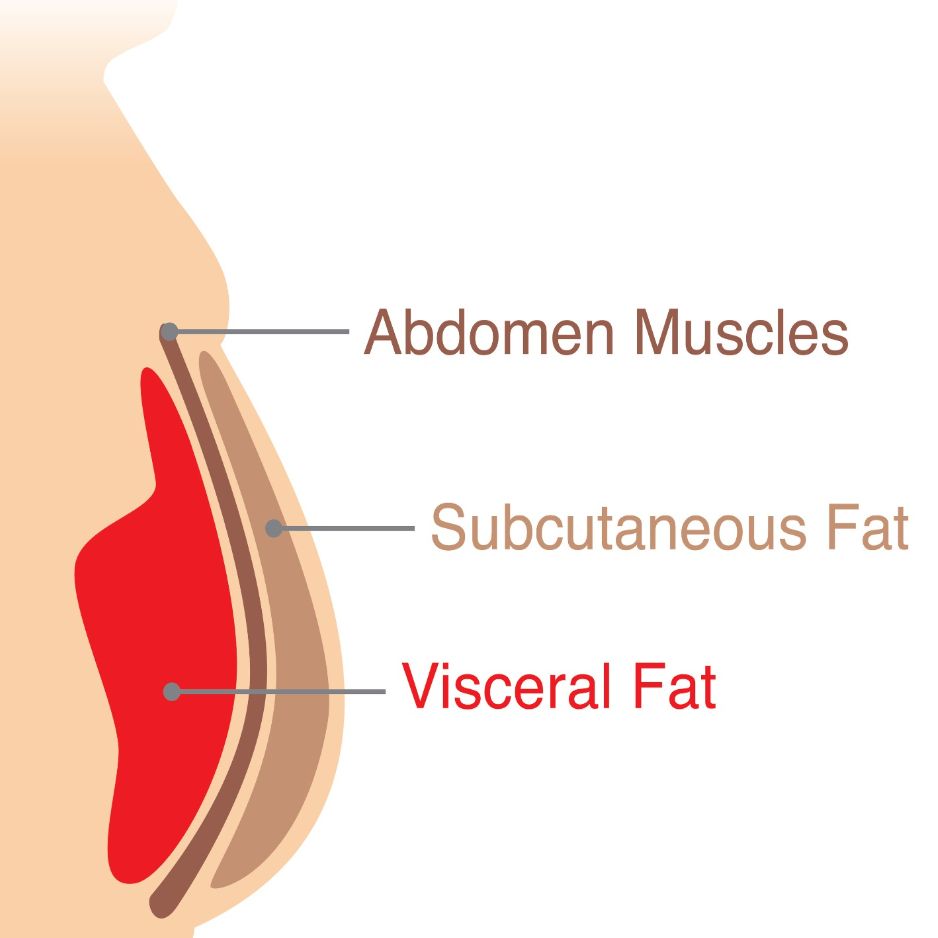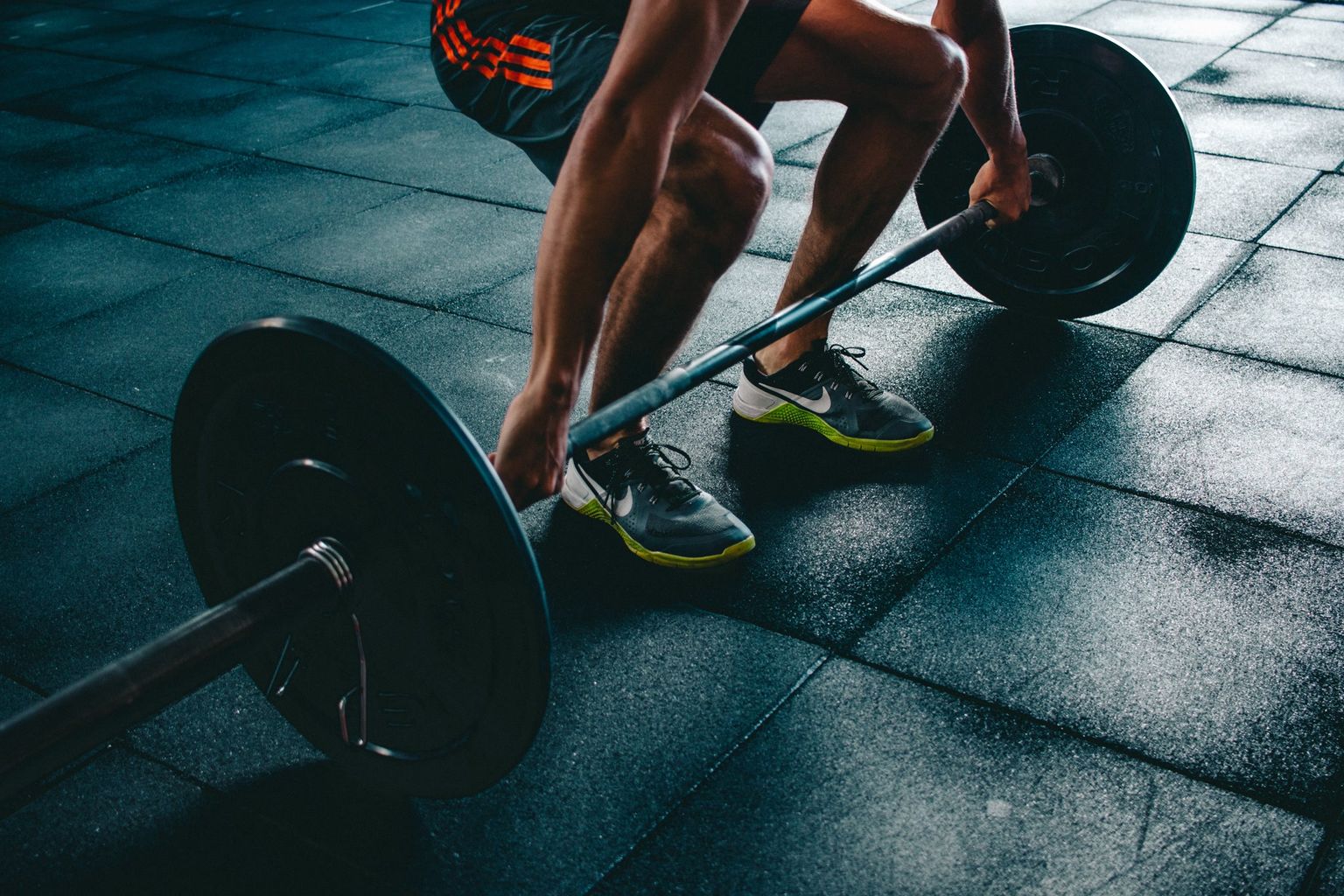Bayesian Curl Guide for Bigger, Stronger Biceps
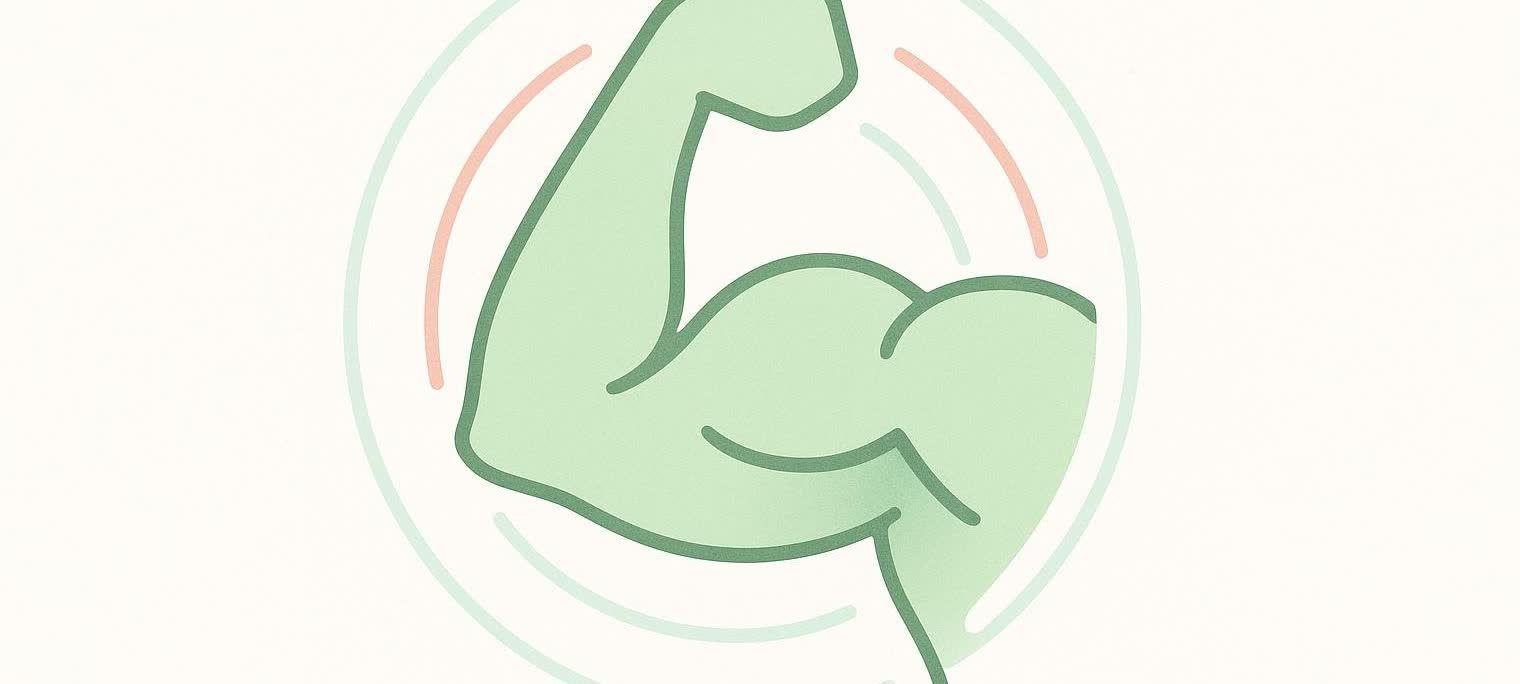
Bayesian Curl Guide: Build Bigger, Stronger Biceps
TL;DR (Key Takeaways)
- The Bayesian curl – a face-away, single-arm cable curl – keeps your biceps under near-constant tension through the full range of motion.
- Training at long muscle lengths (with the arm behind the torso) is linked to superior hypertrophy in multiple studies.
- Proper setup is everything: cable low, handle at hip height, slight forward lean, elbow pinned behind the body, and a full stretch at the bottom.
- Start with 2–4 sets of 8–15 reps per arm, 1–2 × per week, and progress load or reps once you exceed the top of the range with perfect form.
- Combine Bayesian curls with compound pulling and other curl variations for complete biceps development – and track changes with periodic DEXA scans for objective proof.
What Is a Bayesian Curl?
The Bayesian curl is a single-arm cable biceps curl performed while facing away from the machine, arm stretched behind the torso (shoulder extension) with a slight forward torso lean on the concentric (lifting) phase. It was popularized by researcher and physique coach Menno Henselmans, whose company was once called Bayesian Bodybuilding – hence the name.
Why Use a Cable Instead of Dumbbells?
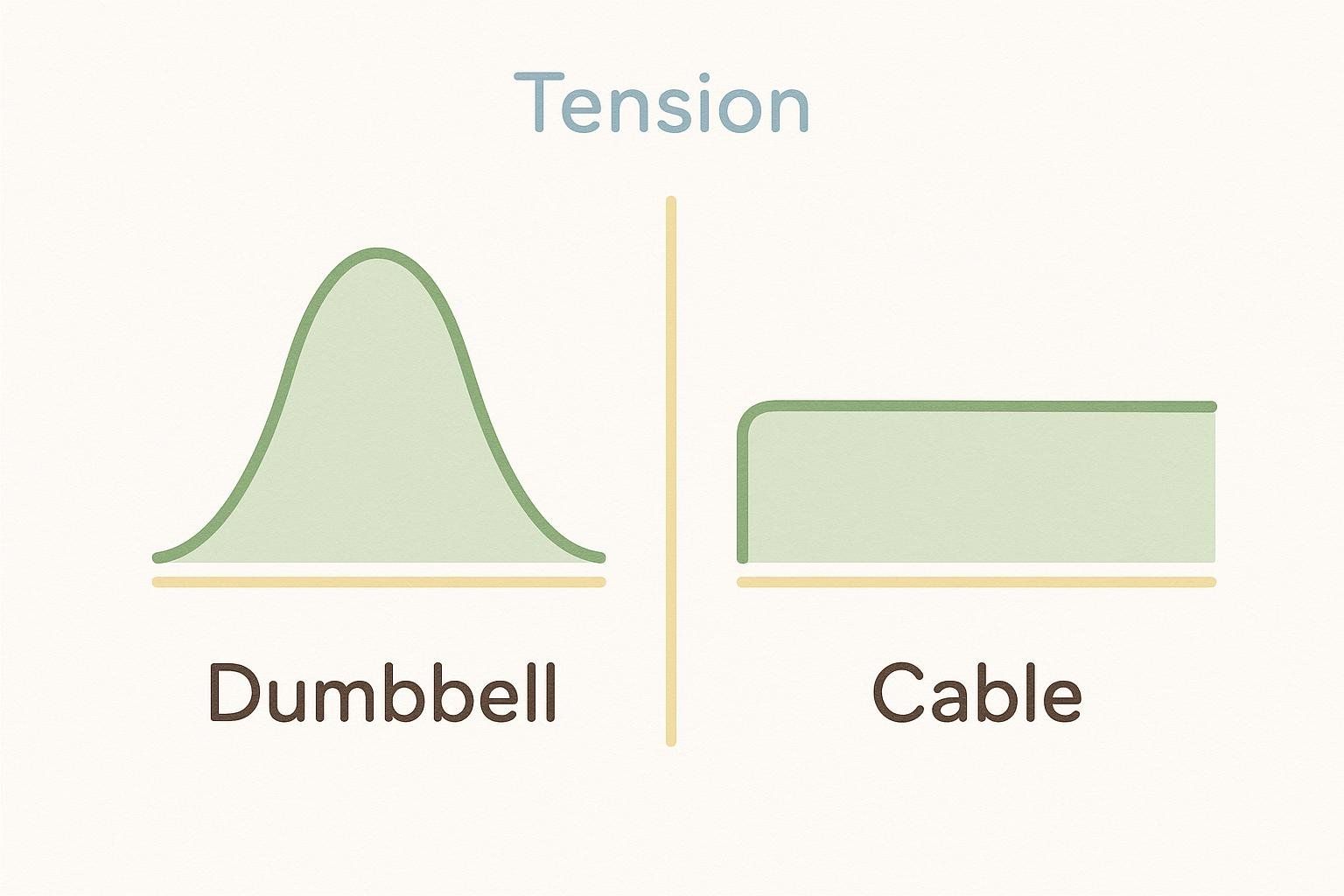
Free-weight curls rely on gravity, so tension is greatest when the forearm is horizontal and weakest at the extremes (arms fully extended or fully flexed). A cable creates a line of pull that stays perpendicular to your forearm throughout the movement, maintaining tension even when your elbow is almost straight—precisely where biomechanical analyses show the biceps can produce the most force.
Think of the biceps like a rubber band: a dumbbell curl only stretches it partway, whereas a Bayesian curl lengthens the band close to its safe limit, increasing mechanical tension and growth stimulus.
Muscle-Length Training & Hypertrophy
A growing body of research suggests that challenging muscles at longer lengths results in equal or superior growth compared with training at shorter lengths. For example, a 2024 narrative review in Sports Medicine emphasized that training at long muscle lengths can enhance hypertrophy across multiple muscle groups. While data on the Bayesian curl itself are still emerging, these principles support its inclusion in a well-rounded biceps program.
Step-by-Step Setup (with Form Cues)
- Cable Height: Clip a single D-handle to the lowest pulley setting.
- Grip & Orientation: Grab the handle in your working hand and turn your back to the stack.
- Stagger & Anchor: Step the opposite foot forward so the handle-side arm is slightly behind your torso. Place your free hand on the front thigh or a stable post for balance.
- Elbow Position: Let the cable gently pull your arm straight until you feel a stretch in the biceps and front shoulder. Keep your elbow fixed just behind the line of your torso.
- Curl: Exhale and flex the elbow, bringing the handle toward your anterior delt while maintaining that elbow position. Aim for a slight “waiter’s bow” – hinge forward 10–15° to keep the line of pull perpendicular.
- Peak Squeeze: Stop just before the wrist or cable touches your shoulder; pause for a half-second squeeze.
- Controlled Eccentric: Inhale and lower the weight over 2–3 seconds, allowing the biceps to lengthen fully without letting the elbow drift forward.
Video Tip: Record a set from the side. Your upper arm should look frozen in space while only the forearm moves.
Common Mistakes to Avoid
| Mistake | Why It Hurts Results | Fix |
|---|---|---|
| Setting the cable too high | Reduces stretch; tension curve mimics standard curl | Always start from the bottom peg |
| Elbow drifting forward | Shortens the biceps; removes lengthened tension | Think "glue elbow to ribcage" |
| Using momentum / swinging | Shifts load to shoulders & forearms | Choose a weight you can pause at mid-range |
| Cable slapping forearm at top | Indicates you’re too upright | Lean forward or step further away |
Programming Bayesian Curls
| Goal | Sets | Reps | Tempo | Rest |
|---|---|---|---|---|
| Hypertrophy (standard) | 3 | 8–12 | 2-0-2 | 60 s |
| Strength | 4 | 6–8 | 1-0-2 | 90 s |
| Metabolic / finishing | 2 | 15–20 | 2-0-2 | 45 s |
Frequency: 1–2 sessions per week is plenty. Slot them after compound pulling moves (e.g., chin-ups, rows). Because the arm is in shoulder extension, Bayesian curls pair well with an incline dumbbell curl (shoulder flexion) to cover both lengthened and shortened ranges.
Progression: Add one rep per arm each session until you exceed the top of the range, then increase load by the smallest plate increment (2.5–5 lb) and repeat.
Four-Week Progression Example

| Week | Load (per arm) | Rep Target | Notes |
|---|---|---|---|
| 1 | 20 lb | 3 × 10 | Master form |
| 2 | 20 lb | 3 × 12 | Maintain full stretch |
| 3 | 22.5 lb | 3 × 8 | Increase load |
| 4 | 22.5 lb | 3 × 10 | Beat Week 3 volume |
Impact on the Long Head of the Biceps
Direct EMG studies on the Bayesian curl are limited, but research on biomechanically similar exercises that keep the upper arm behind the torso—such as a 2013 study on incline dumbbell curls—suggests that training in shoulder extension preferentially recruits the biceps long head.
Frequently Asked Questions (FAQ)
Is the Bayesian curl safe for beginners?
Yes – cables offer smooth, adjustable resistance, and the unilateral stance encourages you to start light. Focus on slow eccentrics and full range of motion before chasing heavier stacks.
Can I do Bayesian curls with a resistance band?
You can mimic the movement by anchoring a band low and stepping forward. However, band tension increases sharply near the top, so you’ll get less stretch-mediated load than with a weight stack.
Do Bayesian curls replace barbell curls?
No single exercise is magic. Use Bayesian curls to complement heavy pulling movements and classic curls, not replace them entirely.
How do I know they’re working?
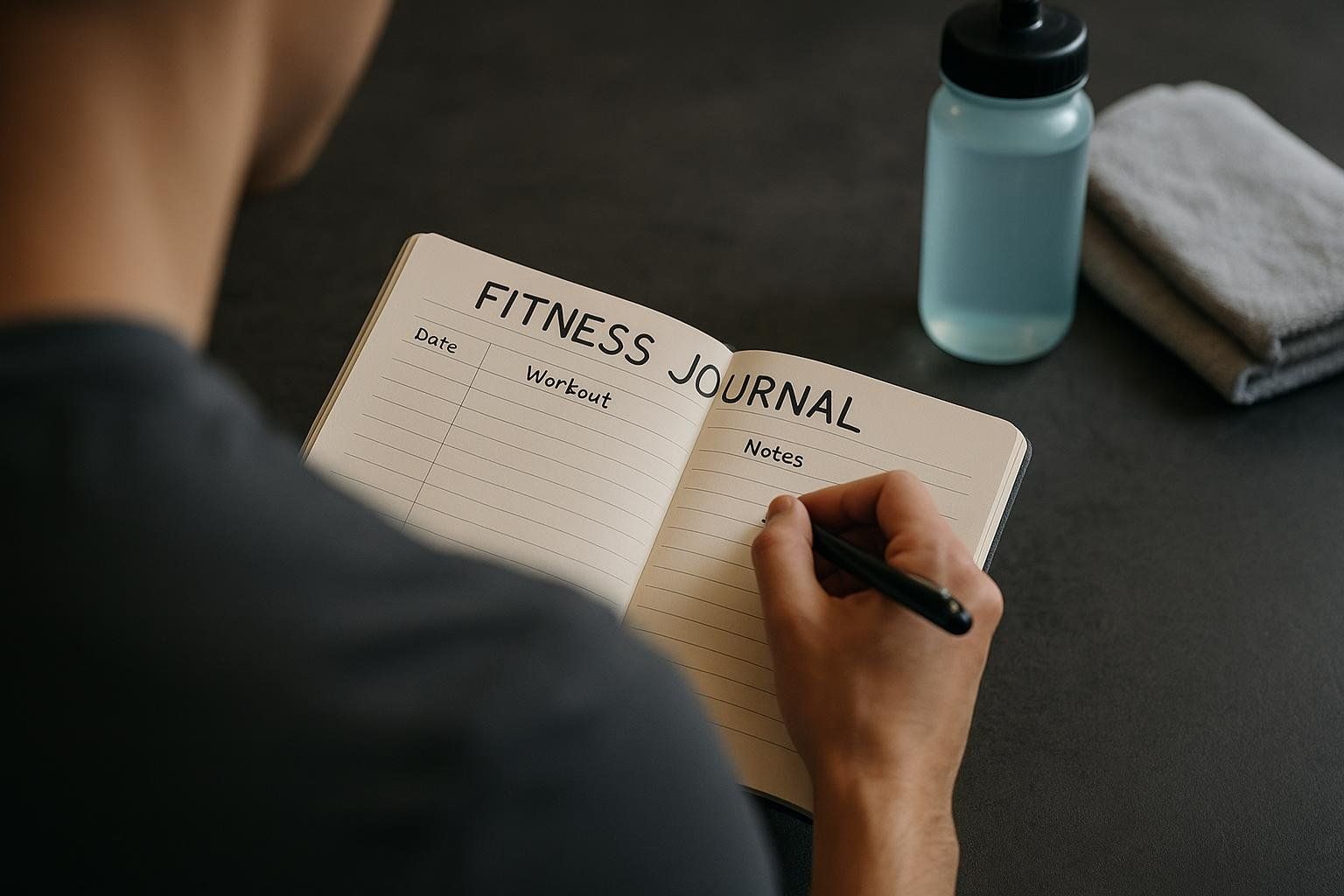
Keep a training log, take periodic measurements, and consider a DEXA body-composition scan to objectively track changes in arm muscle mass.
Putting It All Together
The Bayesian curl is a powerful addition to any biceps routine, especially if your arms have plateaued with standard curls. By maintaining high tension in the lengthened position, you give your biceps a fresh growth stimulus while sparing your joints from heavy barbell loading.

Pair this move with the strategies in our Bicep Growth Blueprint and monitor your progress with DEXA scan data to see exactly how much muscle you’re adding.
